Which Hasselblad camera is right for you: X2D 100C vs 907X & 100C
There are two 100MP Hasselblad cameras right now, the X2D 100C and 907X & 100C. Which one is right for you?
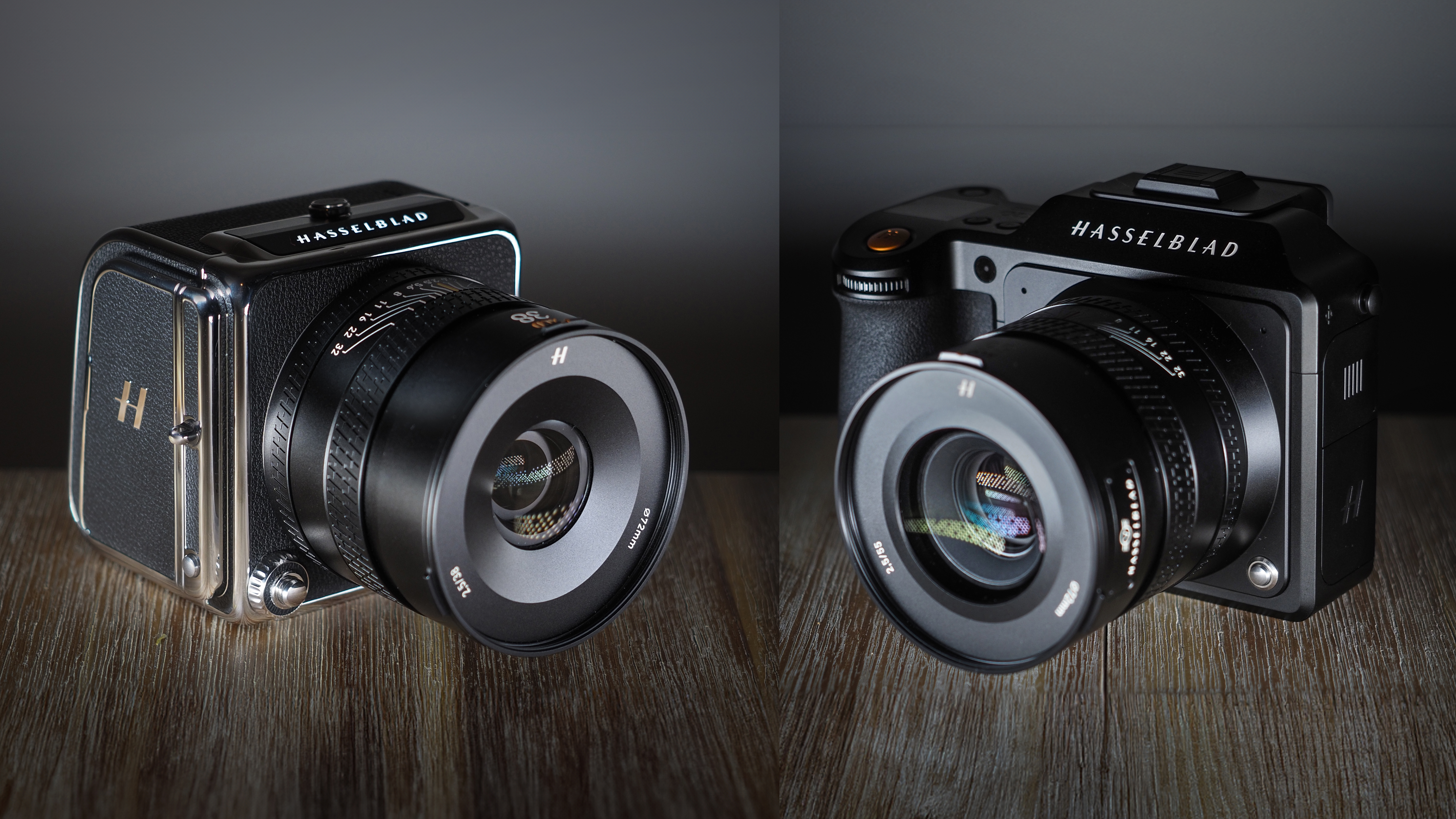
Interested in investing in a Hasselblad camera? Right now there are two main cameras to consider: the Hasselblad X2D 100C and the Hasselblad 907X & CFV 100C.
These are the two best Hasselblad cameras on the market right now, featuring the company's latest 100MP sensor and phase detect autofocus technology. However, while both share the same core architecture, they are very different in their operation and intention.
So, which is the right Hasselblad camera for you? Here are the key differences…
Mirrorless vs modularity
Why you can trust Digital Camera World
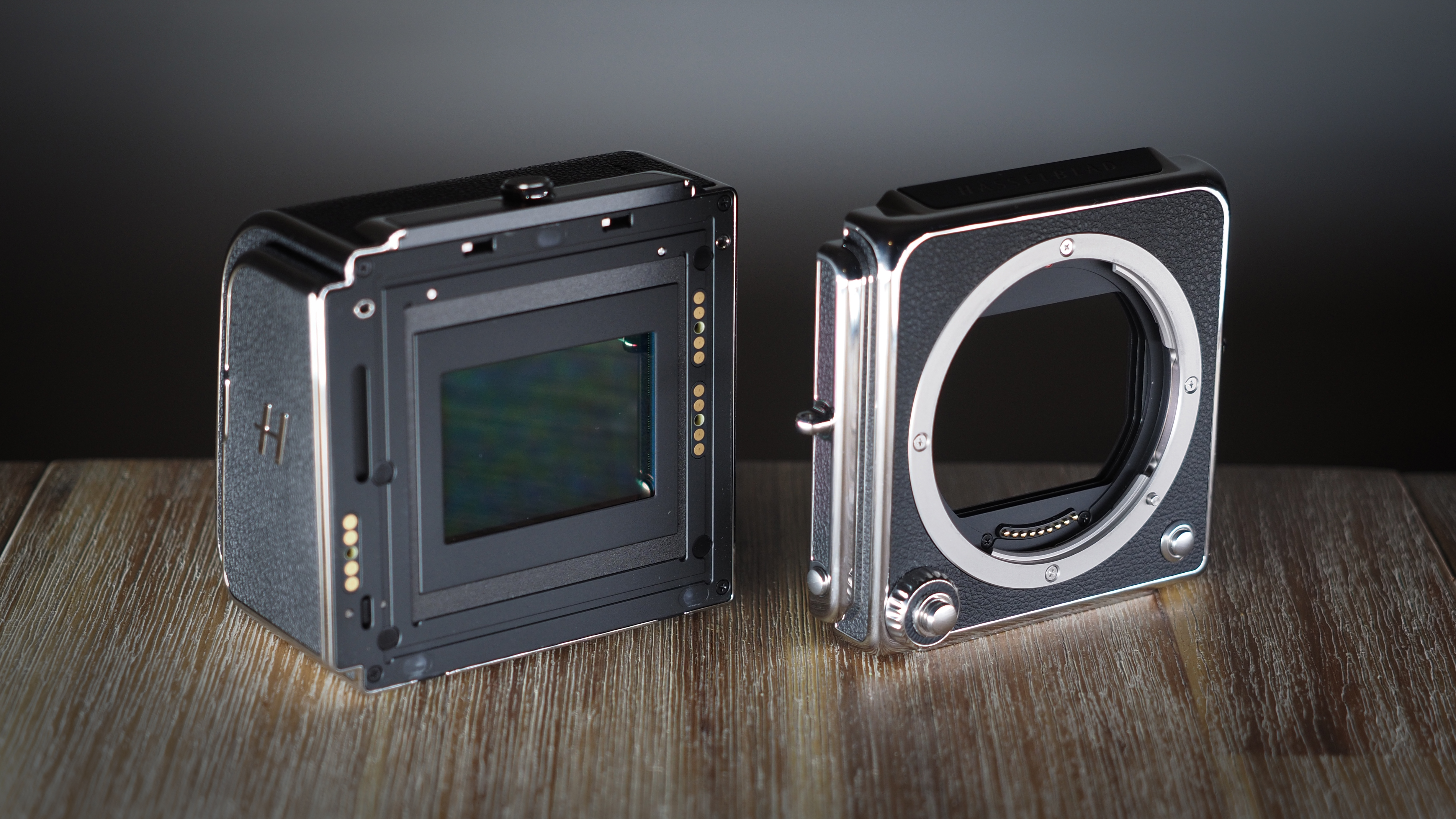
Okay, that's a slightly misleading header since these Hasselblad cameras are both mirrorless. However, the X2D takes the form of a conventional (albeit unconventionally beautiful) mirrorless camera body while the 907X & CFV 100C is a traditional modular Hasselblad camera.
So, if you're looking for a traditional SLR-style viewfinder camera with a right-hand grip, dual exposure dials, lots of control buttons and a rear screen, the X2D is the one for you.
If you want a modular box camera featuring a detachable digital back, however, then the 907X & CFV 100C is the way to go. The digital back (the CFV 100C part) can be attached to legacy Hasselblad V System cameras, such as the iconic 500C, as well as field and technical cameras, to breathe new life into timeless equipment.
Image stabilization

If you want a Hasselblad camera with in-body image stabilization (IBIS), there is only one option.
We've established that the X2D 100C takes the form of a modern mirrorless camera, designed primarily for handheld shooting. As such it possesses a formidable IBIS system, delivering an incredible 7 stops of shake compensation.
The 907X & CFV 100C, however, is a box camera designed for tripod use. It can be used handheld, and is actually quite comfortable to hold – particularly with the optional 907X Control Grip.
But there is zero margin for error when it comes to camera shake. When you're shooting at 100MP, even minor movements can be seen clear as day – and on top of that, you risk the rolling shutter (Jell-O) effect.
Viewfinder
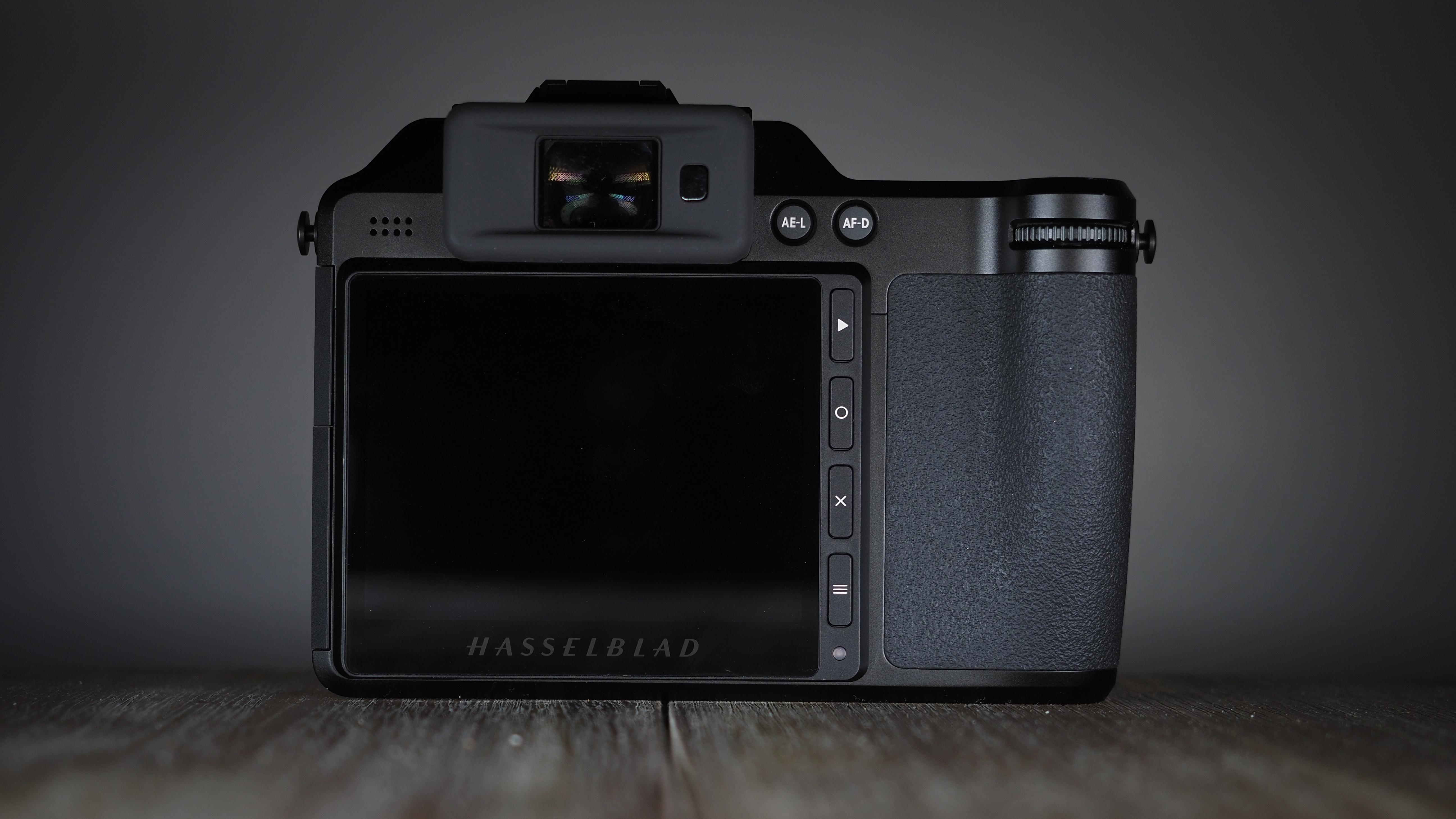
Again, only one of these Hasselblad cameras has an integrated finder. As a mirrorless camera, the X2D features a stunning 0.5-inch OLED electronic viewfinder with 5.76 million dots of resolution. This offers a "WYSIWYG" live view of your scene, showing your exposure changes as you make them, so what you see in the EVF is exactly what you get in your photograph.
The modular 907X & CFV 100C only has a a tilting rear screen – albeit a gorgeous, 3.2-inch, 2.36 million-dot tilting one that mimics a classic top-down finder. The optional 907X Optical Viewfinder, reminiscent of the Hasselblad SWC viewfinder, can be mounted (featuring field of view and markings for XCD 21, 30 and 45mm lenses, with a center cross for an autofocus point), but does not offer the WYSIWYG benefits of the EVF.
Price
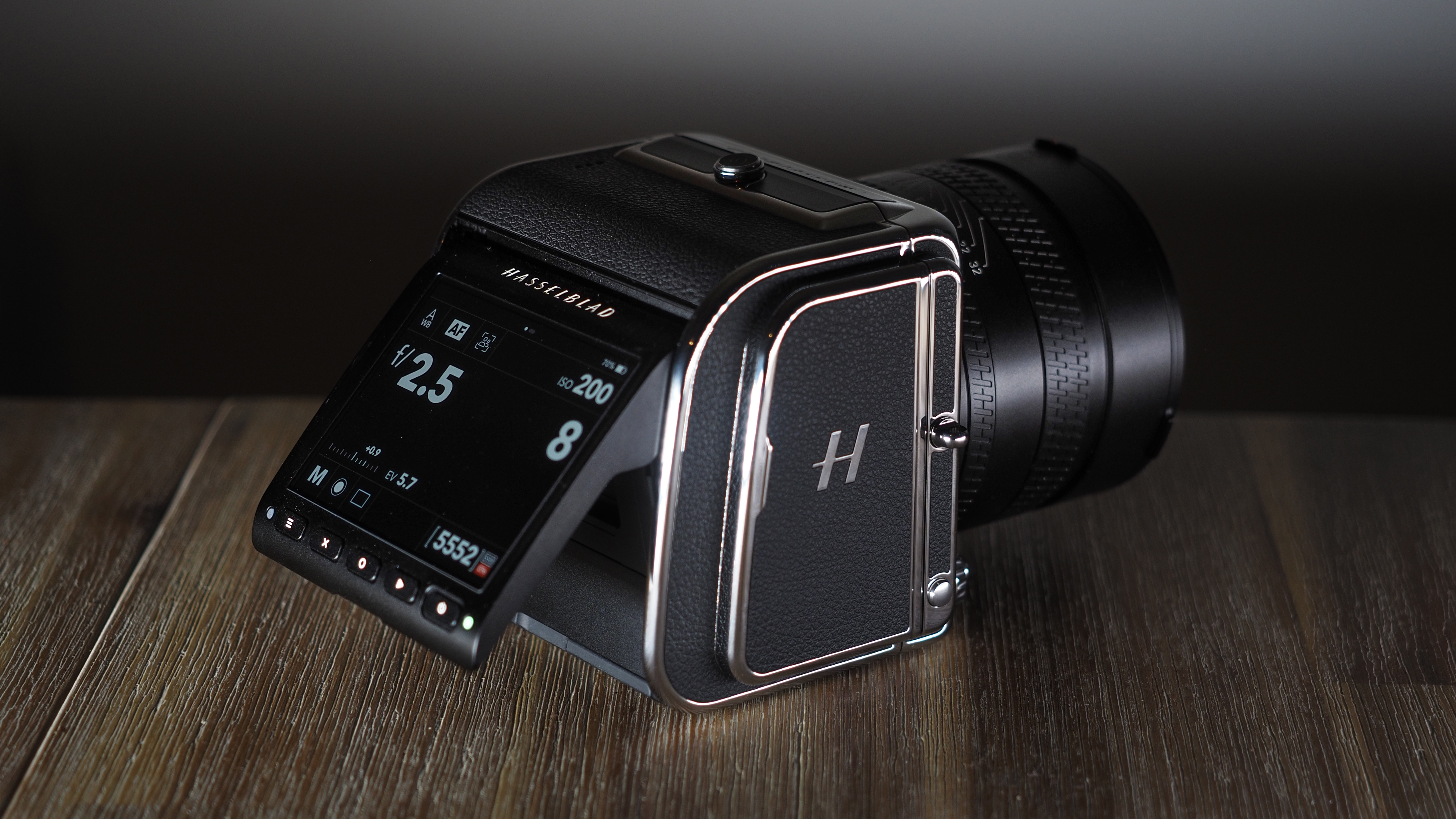
The price difference between these Hasselblad cameras changes dramatically depending on your location.
In the USA, both cameras carry the same price of $8,199.
In the UK, however, the X2D is more expensive at £7,369, compared to the £6,729 to the 907X & 100C.
In Australia, though, it's the other way around, as the 907X & CFV 100C is more expensive at AU$12,869 while the X2D is priced at AU$12,470.
Of note, I would strongly advise against importing a camera from another country to save money – or even buying one if you're on vacation in another region. Your camera's warranty is tied to its country of origin, so if you buy one from overseas and something goes wrong you will not be able to get it fixed in your home area. Savings can be tempting, but it's false economy if something goes wrong!
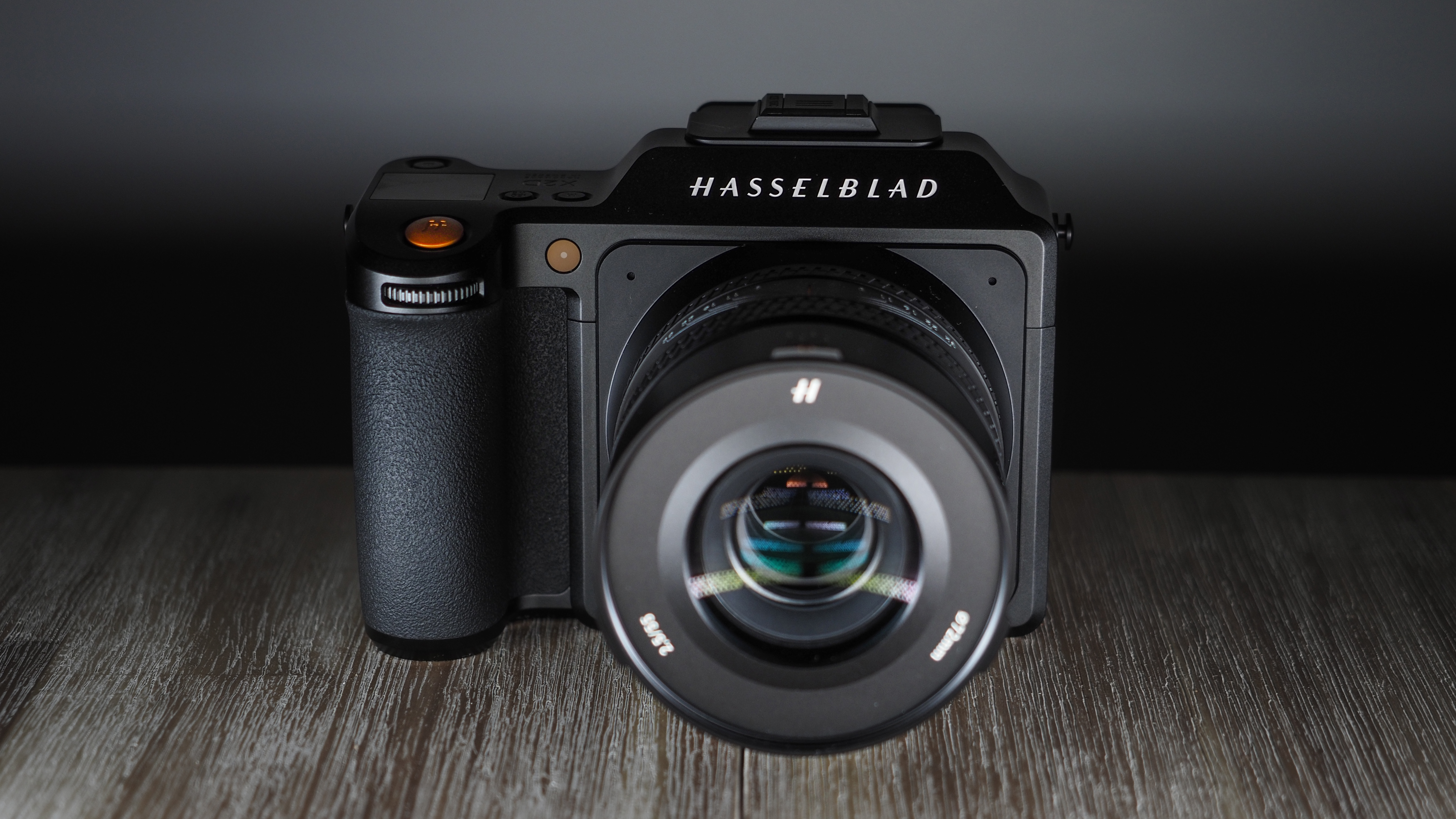
Hasselblads are among the very best medium format cameras, as well as some of the highest resolution cameras you can buy. Take a look at the best Hasselblad lenses, too.
Get the Digital Camera World Newsletter
The best camera deals, reviews, product advice, and unmissable photography news, direct to your inbox!

James has 22 years experience as a journalist, serving as editor of Digital Camera World for 6 of them. He started working in the photography industry in 2014, product testing and shooting ad campaigns for Olympus, as well as clients like Aston Martin Racing, Elinchrom and L'Oréal. An Olympus / OM System, Canon and Hasselblad shooter, he has a wealth of knowledge on cameras of all makes – and he loves instant cameras, too.
